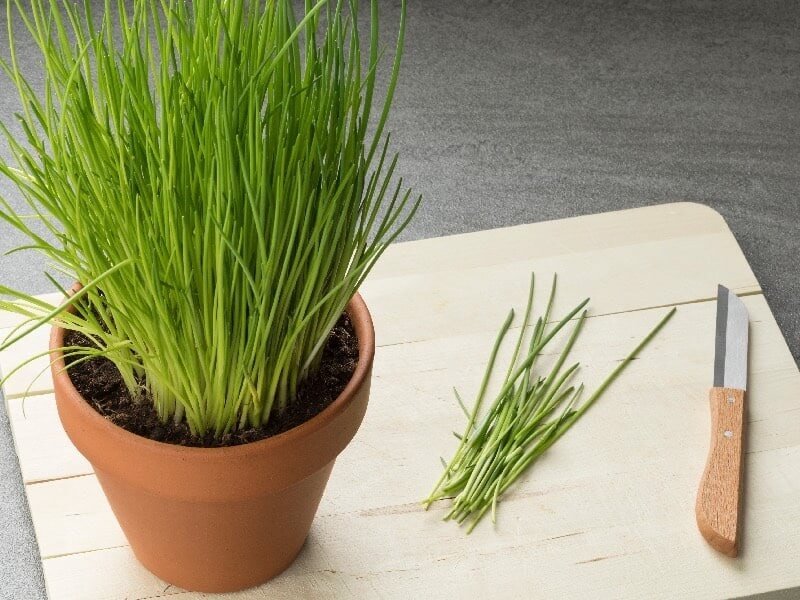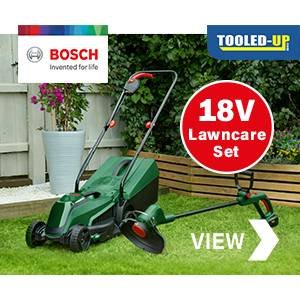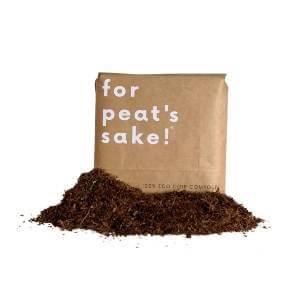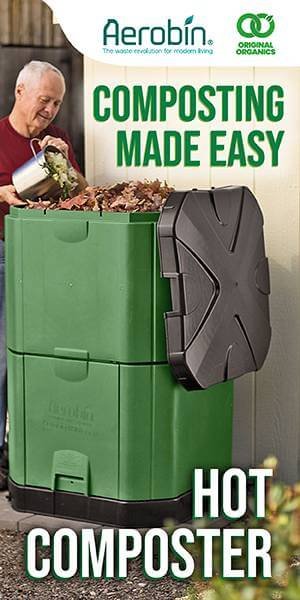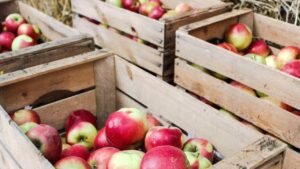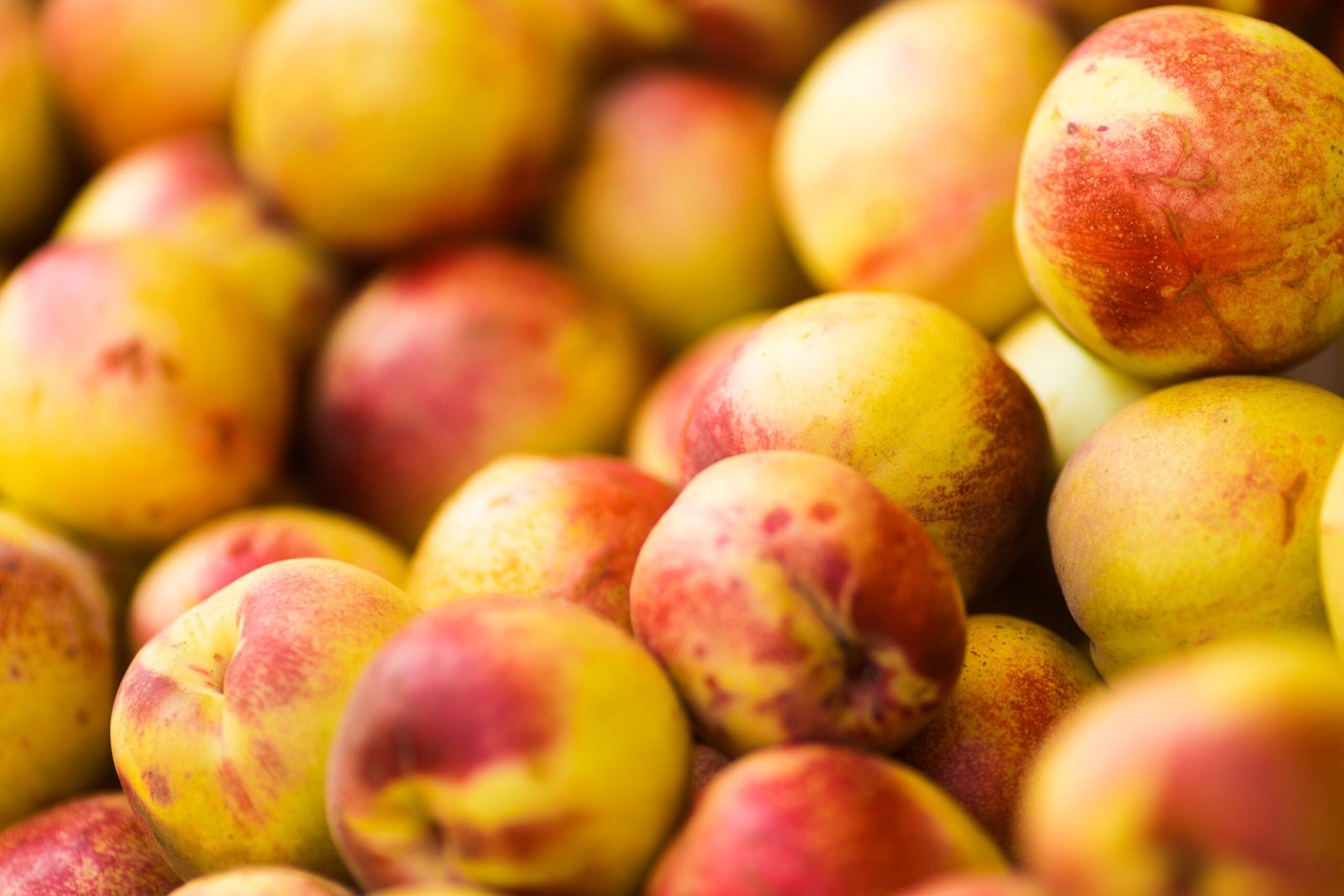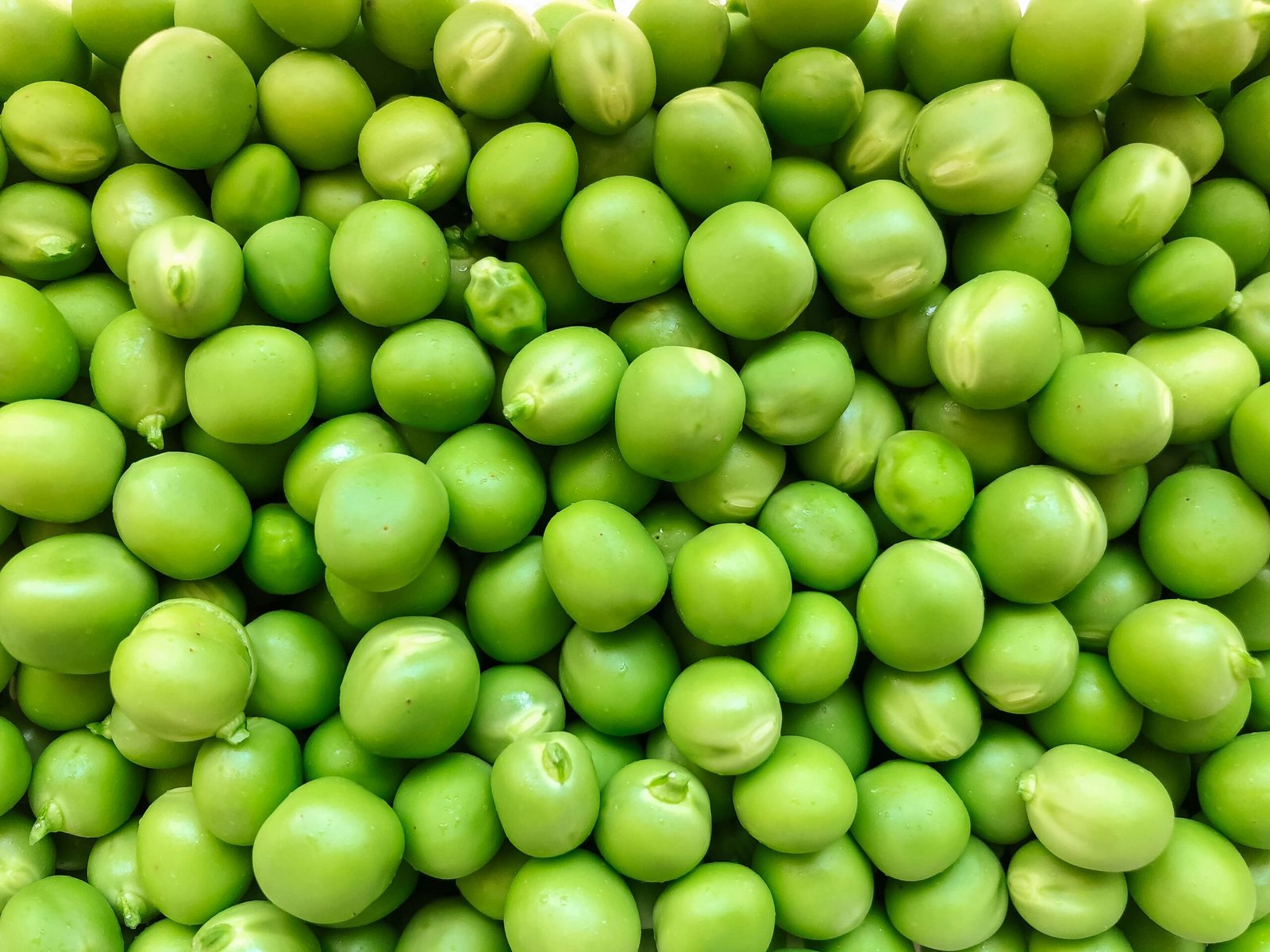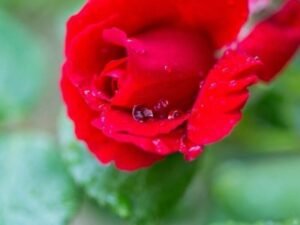With a mild onion taste, they are a great culinary herb to grow; although not as easy as growing outside, they will thrive inside.
Again we would recommend using a clay pot, but a pot with good drainage will suffice. They will thrive well in small containers, which makes them a popular choice for gardeners.
Growing Chives – Location & Light
Chives will appreciate a lot of sunlight, a sunny south side window where they will receive up to six to eight hours of full daylight, ensuring to rotate the pot, so growth is even all around.
Your Chives will also appreciate good humidity and also ensure they have good air circulation. By adding pebbles to a tray filled with water or misting regularly can help prevent low humidity.
If you place under a light, it will need to stay under this for roughly 12-14 hours a day, positioned roughly around 6-12 inches away from the light.
Growing Chives – Watering
Chives should be kept evenly moist but will not like to sit in water, although they are more tolerant of wet conditions than others. They do grow best when watered frequently, in which having good drainage is necessary.
A good rule of thumb is to check the top of the soil, and if this is dry, then this is a good time to water. If you notice the tips of the leaves turning yellow, then it is too dry.
Growing Chives – Food / Feeding
In the darkest winter periods, your chives will grow at a much slower rate; this is an excellent time to feed your chives lightly. We would recommend diluted fish emulsion fertiliser which will give your chives a boost.
If you over-fertilise or use a heavy dose, this can weaken the taste of your chives, therefore use a low dose or a water-soluble at half the strength and only apply twice a month.
Growing Chives – Temperature
The ideal temperature for chives is anywhere between 18 to 21 degrees.
Growing Chives – Soil
Your chives will love rich, well-drained soil. Although they are more tolerant of wet conditions than others, they will need heavy soil.
Chives will appreciate it being chalky, loamy, clay or sandy soil with a neutral pH. Ensure you do not use garden soil as this will not suffice.
Growing Chives – Harvesting
You can harvest chives whenever they are ready, however, do not start this process until they are at least 6 inches tall, always cut 2 inches above the soil line so they can grow back.
Like most, chives taste best when picked fresh, but they can also be frozen and dried. When freezing, they can lose their colour and flavour, always wash the leaves and dry out on a clean paper towel or air dry.
Strip the leaves off and place them into an airtight bag. If you keep your Chives in the fridge, use them within 1-2 days for best results. Chives taste better when harvested in May and June.
Chives are one of the herbs to bloom in the spring season. Their blooms (edible are pink/purple) will attract bees and butterflies to your garden!
Let's go Shopping...
Products Coming Soon!

